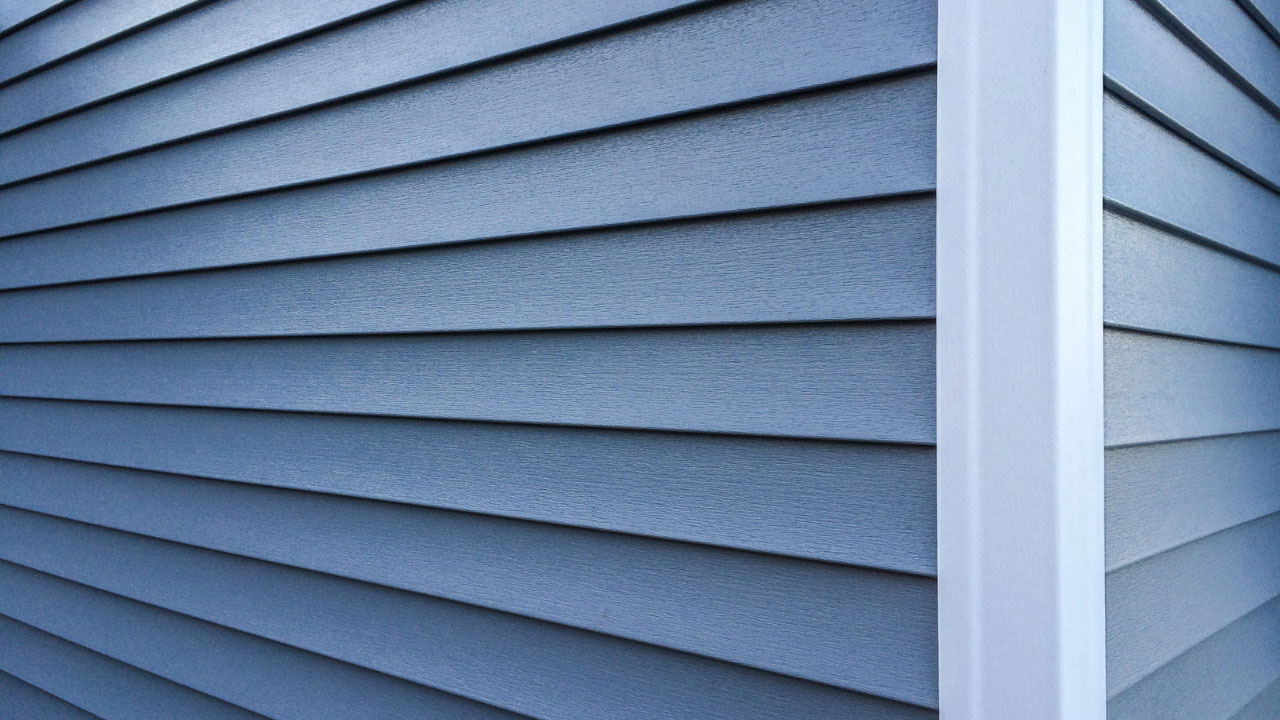
Choosing the right type of siding for your home can significantly impact its appearance, durability, and energy efficiency. With a variety of options available, it's essential to understand the different types of siding materials to make an informed decision.
Work with a siding contractor or a general contractor San Diego can help you make the right choice for your siding project.
Siding is a critical component of your home's exterior, providing protection against the elements while enhancing curb appeal. There are numerous types of siding materials, each with its unique characteristics, benefits, and drawbacks.
Whether you are considering vinyl siding, fiber cement siding, or another material, this guide will help you understand the options available and choose the best one for your home.
Vinyl siding is one of the most popular choices for homeowners due to its affordability, durability, and low maintenance. It comes in various colors and styles, making it versatile for different architectural designs. Vinyl siding is resistant to moisture, insects, and rot, but it can crack or fade over time.
Fiber cement siding, such as James Hardie siding, is known for its durability and resistance to fire, termites, and rot. It mimics the appearance of wood, brick, or stone but requires less maintenance. This type of siding is more expensive than vinyl but offers superior longevity and protection.
Wood siding provides a natural and classic look that many homeowners desire. It can be painted or stained in various colors, offering flexibility in design. However, wood siding requires regular maintenance, such as painting and sealing, to protect it from moisture, insects, and rot.
Aluminum siding is lightweight, durable, and resistant to rust and fire. It is also low maintenance and can be painted in different colors. However, aluminum siding can dent easily and may not provide the same aesthetic appeal as other materials.
Stucco siding is made from a mixture of cement, sand, and lime. It offers a unique, textured look and is highly durable, particularly in dry climates. Stucco requires minimal maintenance but can crack in areas with significant temperature fluctuations.
Brick siding is valued for its timeless appearance and durability. It provides excellent insulation and requires little maintenance. However, brick siding is one of the more expensive options and may require additional structural support.
Stone veneer siding offers the appearance of natural stone at a lower cost. It is lightweight and easier to install than full stone but still provides a high-end look. Stone veneer is durable and requires minimal maintenance.
Engineered wood siding is made from wood fibers and resins, providing the appearance of natural wood without high maintenance. It is more resistant to moisture and insects than traditional wood siding and is generally more affordable.
Metal siding, typically made from steel or aluminum, is durable and low maintenance. It is resistant to fire, rot, and insects, making it a long-lasting option. Metal siding is available in various styles and finishes, including modern and industrial looks.
Composite siding is made from a blend of materials, such as wood fibers, plastic, and resin. It offers the appearance of wood with improved durability and lower maintenance. Composite siding is resistant to moisture, insects, and rot, making it a reliable choice for many homeowners.
Choosing the right siding material is crucial for the longevity, appearance, and energy efficiency of your home. Here are key considerations to help you make an informed decision:
By evaluating these factors, you can choose the siding material that best meets your needs and enhances the value and beauty of your home. For personalized advice and professional installation, consult with a trusted siding contractor like Precision General Contracting, your expert Siding Contractor San Diego.
Fiber cement siding, such as James Hardie, is highly durable and resistant to fire, termites, and rot.
Vinyl siding is the easiest to maintain, requiring only occasional cleaning with a hose.
Look for siding materials with good insulation properties, like insulated vinyl siding or fiber cement siding, which help reduce heating and cooling costs.
Yes, some siding materials like wood, fiber cement, and aluminum can be painted to refresh their appearance.
Fiber cement siding and composite siding are often more environmentally friendly due to their sustainable production processes and materials.
Don't settle for anything less than the best when it comes to your home's exterior. At Precision General Contracting, we are committed to providing top-quality siding solutions that meet your needs and enhance your home's beauty and efficiency.
Our experienced team is ready to guide you through every step of the process, from material selection to flawless installation. Contact us now to get a quote and start transforming your home today!
